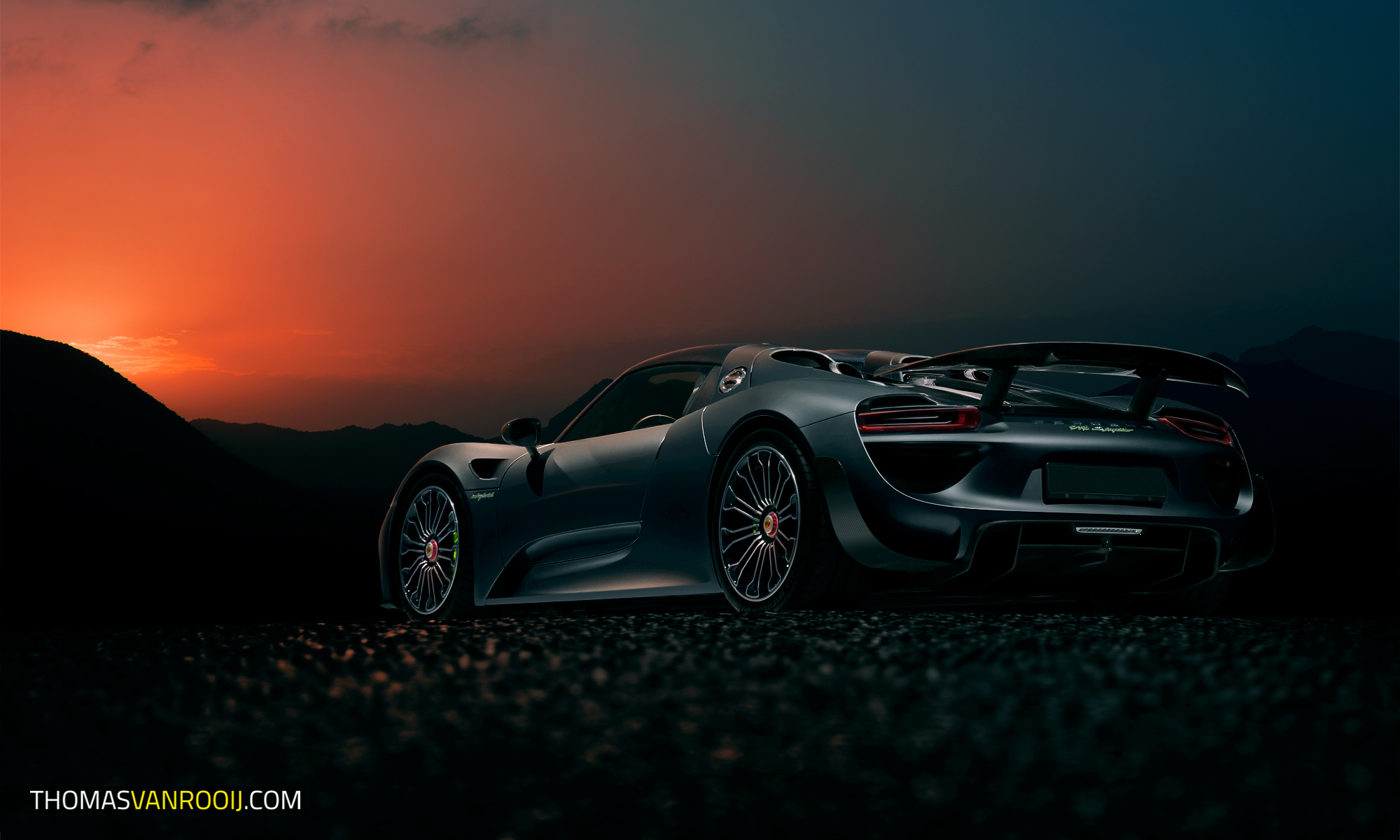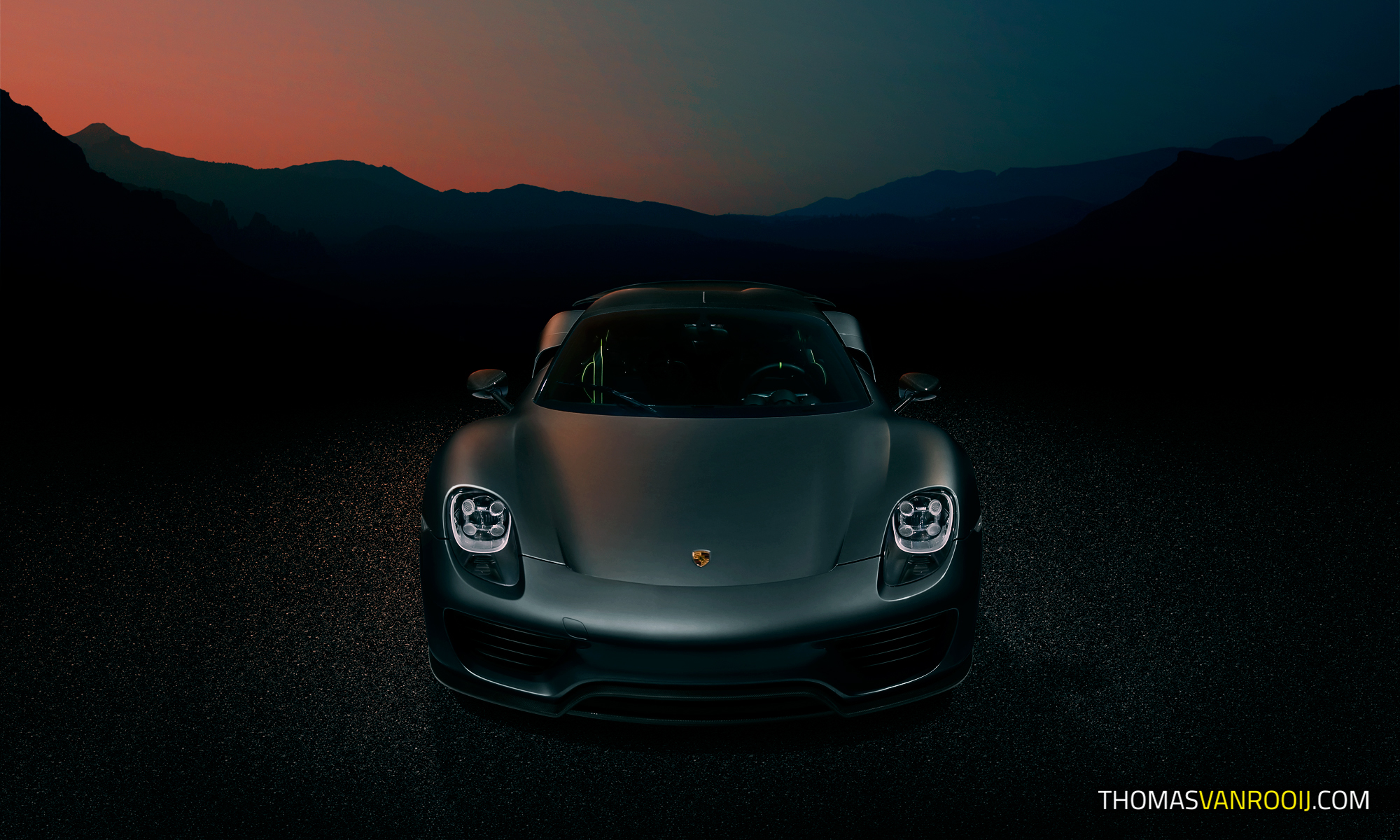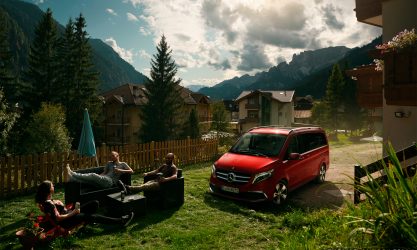While jobs always involve some sort of retouching to get to the final images, in some cases clients request going a little further. Sometimes it’s just replacing a sky or background, in other cases I had to completely change the subject like I showed in an earlier article. So for the first blog entry of 2019 I figured to grand a figurative look in the kitchen of photo manipulation.
Idea
Let me start by emphazing that this is an example and none other than myself insisted on me doing the work. I did this little project over a span of a couple of dark, cold and rainy days, basically just for the fun of it and to practice and sharpen my skills. The Dutch winters are often not as inspiring as they might sound. It’s usually just cold and wet. The famous dutch skies make way for a flat grey sky that can be the same for days on end while providing a constant drizzle and snow is becoming rather rare too actually. With photo manipulation you can go anywhere though, so that is what I did. I wanted to work on some images of something exotic, regarding both the subject as the setting.
Approach
I will probably not go in depth enough here for some of you, but explaining the exact methods and steps of the process was not the goal here. Instead I want to focus on the process and general areas of attention when it comes to this kind of work. It obviously started with the base images of the car. In my library I found a folder of images taken at the amsterdam motorshow back in 2015 and the photos of the Porsche 918 Spyder caught my eye. They had some interesting angles and they seemed reasonably usable for what I had in mind.

Another folder provided the background images, taken just before sunrise on a small mountain top on Tenerife, one of the Canary Islands, back in 2017. All I then needed was a foreground but that would be solved with a simple asphalt texture I have on file in yet another folder related to another job. With the material selected the work could begin on creating the images. Obviously more than just cutting free the car from the base images was needed. In order to proper ground the car in its new setting, some thinks would have to be taken into account.
I started with the reflections. The reflections on some panels and the multiple hotspots of the overhead lighting are a clear indication of where she actually stood. So deleting the hotspots and cleaning up the reflections was the first step.
The new setting would naturally provide a completely different light on a subject too. A lot of my work involves using external light to bring out shapes on a subject so the direction of the light wasn’t a big issue, the overall luminosity didn’t match at all though. The car would be a lot darker even when lit up with strobes in such conditions and a darker groundsurface would reflect far less light on the lower parts.
With the light values matching the new location it was time to work on the colors. Much of the color on the car in the final images comes from the general toning applied to the whole image. As the base images of the car are rather neutral in color, not much was needed to prepare them for the new setting. The warm presunrise glow in the sky would look good reflected on the car too though, so that was the final step in the colorcorrection on the cars. The last step was drawing in the shadows beneath the car, forget that step and the car will appear to be floating.
Limitations
Eventhough these images are perfect subjects for talking about the process of photo manipulation, they are just an commercial unrealistic example obviously. Even when a client would request such images to be created from a car standing at a carshow, it would be far cheaper to properly shoot the car there before or after opening hours in preparation of the location change in the retouching phase. I am not here to advocate for a ‘fix-it-in-post’ mentality at all, the more you’re able to capture on location the better for the quality of the result and the time needed to get there. In some cases, some photoshop work might be more efficient cost wise to get to a final result though. So having the ability to recognize these situations and act accordingly is always a good thing in my opinion.
While Photoshop is a land of magic where almost anything is possible, there are always limitations. With enough time, and budget, almost anything can be changed in post processing so I will focus here on some things that are clear limitations in any case.
First of all is the resolution of source files. I had a client hiring me to retouch some photos taken by another photographer once. Besides supplying me only with badly overexposed jpeg files, they requested a far larger resolution than provided too. So while I had to do a lot of repainting overexposed parts to bring back detail, I immedialtely informed that I could do only so much about the resolution. A slight increase in resolution is not noticable most of the time, but it’s easy to take it too far and end up with blurry and unsharp images.
The biggest limitation often is the time and or budget the client provides. Photo manipulation takes time, especially when a realistic result is required. Experience in the work makes it that I can fairly accurately estimate the time needed for requests of clients. This helps a lot with both knowing what to agree on and advising clients on what can be done at what cost.
The last and most important limitation for a photographer is his/her own skill and knowledge. There are always more things to learn, techniques to master and shortcuts to be found in your own workflow. Practicing your skills will broaden your comfort zone and help you offer more solutions. I found that the more I knew about retouching, the more I automatically adjusted my photography to it. Knowing what you want to achieve helps a lot in knowing how and what to shoot. If you are able to shoot the material you need for a certain look, it opens possibilities in the post processing part of it while also cutting down the time needed compared to when you return with just some basic material.
Concluding there are two reasons why I think practicing your retouching skills as a photographer is very important.
Firstly the fact it prepares you for bigger jobs. Knowing about the retouching process will help you shooting the right material even when the post processing will be outsourced to a big retouching house.
The second and best reason is because it will improve your creativity and help finding solutions. Having some retouching experience to lean on will gravely help in cutting corners to achieve the best possible results within the given timeframe and or budget. Feeling comfortable with changing backgrounds realisticly means you won’t have to say no immediately when a client requests something you won’t have access to with the subject. Instead you can include the extra retouching work to realize the desired look and have the client consider their options while noticing you where prepared for their wishes. I think this should be all for now, so let’s head over the to final images of this project.





